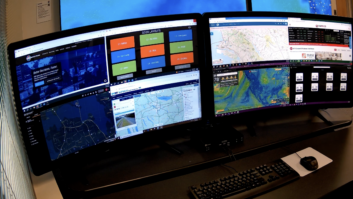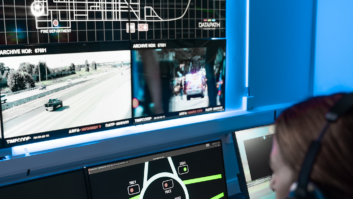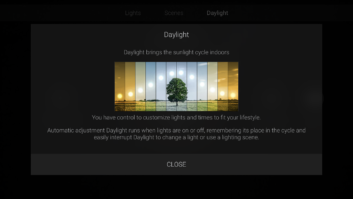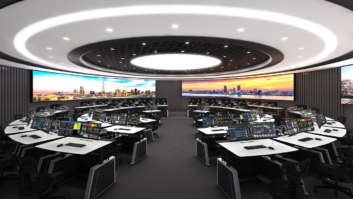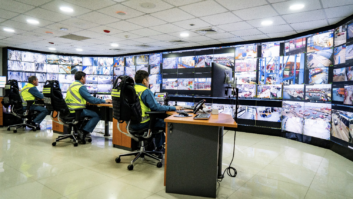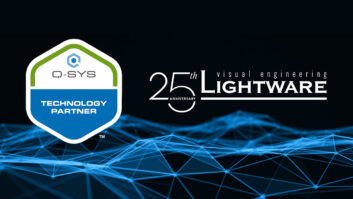
Having previously outlined the emergence of standalone, third-party solutions, here Steve Montgomery looks at the two-level approach being adopted and the wider potential of independent, multi-device control platforms.
A two-level approach is a major benefit to the industry, allowing integrators and administrators to use the same control system as ultimately used by the end-user, whether in home or commercial locations. “Configurable apps can be extremely powerful. The devices we control usually have a pre-defined set of functions, which makes it possible to offer an administrator a set of options and allow them to turn on what they need and disable everything else,” explains Patrick Murray of Controlhaus Systems Design. “With a single application serving both aspects of operation, the integrator can design and prove more of the user interface for a varied set of component devices during the integration phase, leading to fewer changes in the final look-and-feel of the interface.”
The major benefit to end-users remains the ability for the control interface to be customised to their requirements and preferences. In each individual application the control buttons most frequently used can be elevated through the menu levels and linked to others, to make individual scenes or responses that require multi-component settings possible with a single home-screen switch. However, the ability to achieve this across the full spectrum of devices requires agreement and cooperation within, and between, several industries – and that is not yet in place. “The ability to control any IP-enabled device from a single controller using a new app still requires the vendor to participate and make information available and to commit to a common standard. Until that happens, sophisticated whole-enterprise control from a single device will not be achieved and the technology will remain a niche-application centred around single product and consenting manufacturers’ equipment, not the industry-wide solution we all desire,” says Stijn Ooms, director of technology for Crestron. “It is not just for AV components but additional devices that are associated with building control: intelligent lighting, HVAC, blinds, room-booking systems and energy harvesting. We are making progress with standards like CEC (Consumer Electronics Control) but need that full commitment.”
The potential of independent, multi-device control platforms extends way beyond the current appeal of integrated control from a single device. IP-based communication between controller and devices allows device status information to be collected and acted upon, enabling device and system maintenance to be made more efficient. It can also be linked to room booking facilities so that in addition to automated preparation of equipment prior to an event, rooms can be automatically reallocated whenever there is an equipment failure – meaning that expensive executive time is not lost discovering equipment faults in-situ. Detailed usage analysis further allows better and more efficient management and control of buildings.
Personalisation is also an attractive option. Crestron’s PinPoint location technology identifies the location of individual users; at home, in the car and at work, and aligns their requirements accordingly in conjunction with the Fusion energy management software. “The Internet of Things is already suggesting extensive possibilities for pro-active management of building facilities through very granular monitoring and control of devices,” explains Ooms.
“The AV industry is in a great position to lead this technology: we already have the tools, understanding and experience to control complex, multi-faceted systems. It is up to us now to take advantage and extend our role in this sector.”
